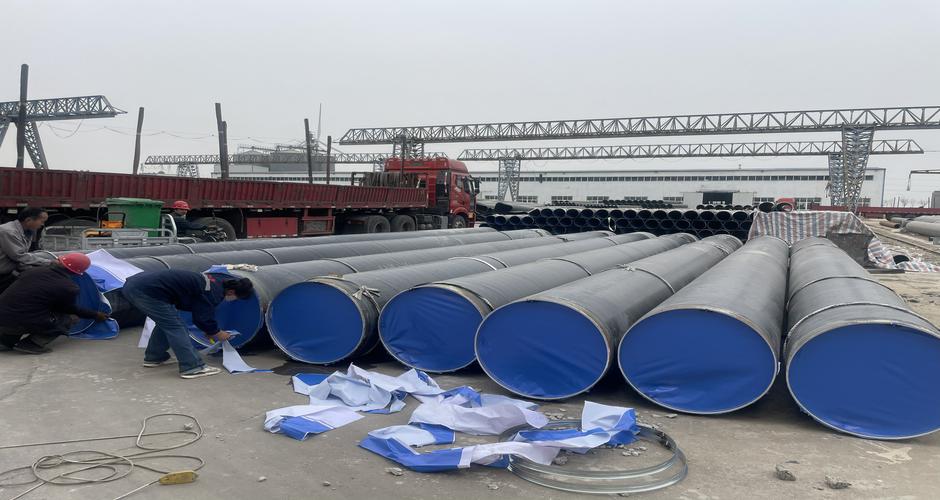Trade Overview
Trade in Spiral Steel Pipes between China and Saudi Arabia has shown steady growth in recent years. As the world's largest steel pipe producer, China exports significant
quantities of oil and gas pipelines, structural pipes, and other related products to Saudi Arabia. Meanwhile, Saudi Arabia, as the largest energy producer in the Middle East,
maintains strong and continuous demand for pipe construction.
China's Export Advantages
Production Capacity and Technological Edge:
China possesses the world's most complete spiral welded pipe industrial chain
Mature double-submerged arc welding technology with products meeting international standards
Cost advantages from large-scale production
Price Competitiveness:
Chinese products are 20-30% cheaper than comparable European and American products
Complete supply chain from raw materials to finished goods
Product Adaptability:
Customizable specifications to meet Saudi oil and gas project requirements
Strong R&D capabilities for specialized pipes suited to high-temperature desert environments

Saudi Market Demand
Major Application Areas:
Oil and gas transmission pipelines (65% of demand)
Urban water supply and drainage systems (20%)
Construction structural pipes (15%)
Demand Drivers:
Mega infrastructure projects under Saudi Vision 2030
Oil and gas field development and pipeline network expansion
Pipeline needs for large-scale projects like NEOM City
Demand from desalination project pipelines
Trade Data Performance
Export Volume:
In 2022, China exported 850,000 tons of steel pipes to Saudi Arabia
Spiral welded pipes accounted for 40% of total exports
Annual growth rate maintained at 8-12%
Price Range:
Standard specifications: 800−1,200 per ton
Special specifications: 1,500−2,000 per ton
Competitive Landscape
Major Chinese Suppliers:
Tianjin Pipe Group
Baosteel
Hunan Sunrise Steel Group
Valin Steel
Zhujiang Steel Pipe
Local Saudi Competitors:
Saudi Steel Pipe Company
ArcelorMittal Jubail
Local production meets only 30% of domestic demand
Trade Barriers and Challenges
Technical Barriers:
Saudi Arabia is gradually raising requirements for international certifications like API
Some projects mandate European/American standards
Trade Policies:
Need to monitor anti-dumping risks
Increasing local content requirements
Logistical Challenges:
Volatility in shipping costs
Strict delivery timeline requirements
Development Recommendations
For Chinese Exporters:
Strengthen international certifications (API, ISO, etc.)
Establish local warehouses or service centers in Saudi Arabia
Build strategic partnerships with Saudi EPC contractors
For Saudi Buyers:
Develop long-term supplier evaluation mechanisms
Consider direct partnerships with Chinese mills to reduce costs
Monitor new Chinese technologies for specialized sprial welded steel pipes
Future Outlook
With Saudi Arabia's energy transition and economic diversification, China's welded steel pipe exports to Saudi Arabia are expected to maintain an annual growth rate of 10%
through 2025. Pipes for renewable energy applications, along with high-temperature/high-pressure resistant specialty pipes, will emerge as new growth drivers. Chinese
manufacturers should capitalize on opportunities in high-end pipe demand arising from Saudi Arabia's industrialization process.
